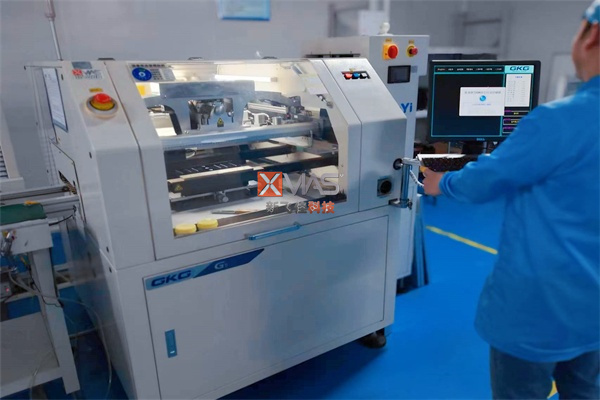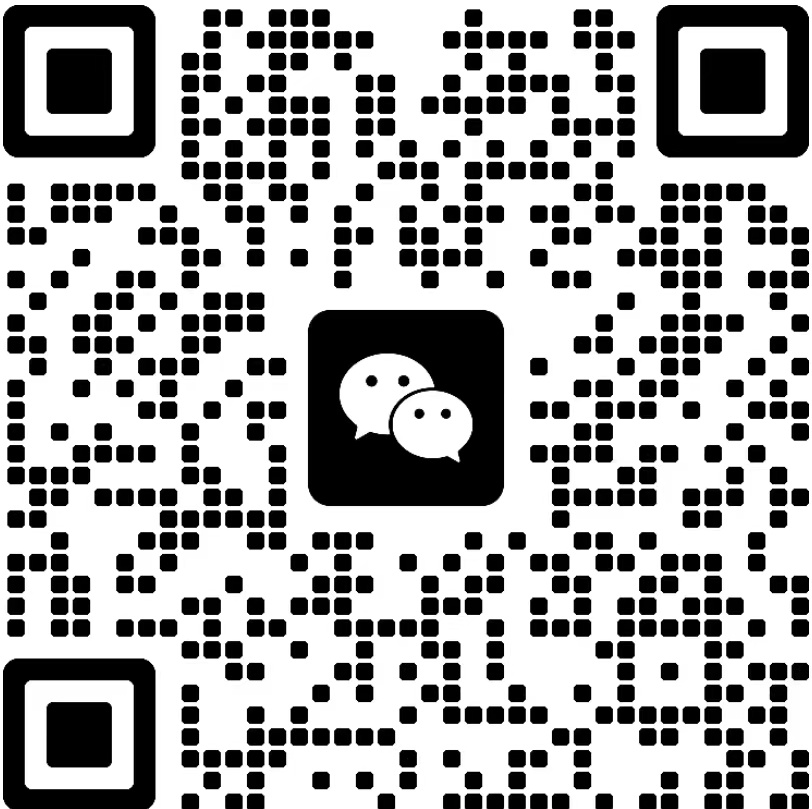Firstly, the PCBA machining process is a combination of SMT machining and DIP machining. According to the different usage areas and designs of PCBA, there are different requirements for production technology. It can be divided into single-sided SMT mounting process, single-sided DIP plug-in process, single-sided mixed mounting process, single-sided mounting and plug-in mixed mounting process, double-sided SMT mounting process and double-sided mixed mounting process, etc.
The PCBA processing involves processes such as printing, SMT, reflow soldering, insertion, peak soldering, testing, and quality inspection. Different types of PCB boards have different manufacturing processes, and the following will explain the SMT processing steps.
1、 SMT processing flow
1. Firstly, a printing machine will be used to connect the steel mesh with the corresponding positioning of the PCB. The solder paste will be printed on the corresponding solder pads of the PCB through the printing machine. After the solder paste printing of the PCB is completed, it will be inspected by SPI or manual inspection (of course, many companies now use brake inspection because the precision of PCBA processing components is designed, and customer requirements are also increasing); Check for any omissions, missing solder, pinching, displacement, etc.
2. The printed PCB is mounted onto the corresponding PCBA solder pads through a mounting machine, which is a crucial and significant part of SMT mounting. It is designed to be human made and designed to meet the requirements
There are many factors related to equipment, programs, and parameters. If an error occurs, the consequences are incalculable, so strict and careful control is necessary;
3. Perform a reflow soldering on the PCBA surface mounted board through the transmission system, which requires a preliminary engineering review (such as PCBA size, PCBA processing board components)
To set the temperature curve in advance based on factors such as density, number of grounding wires, and thickness of PCBA processing boards, it is necessary to connect a furnace temperature measuring instrument to test the actual temperature. However, in order to determine the actual temperature for online production of PCBA welding
Is the temperature appropriate;
4. The detection of AOI through the transmission system (including PCBA SMT component offset, empty soldering, insufficient tin, non wetting tin, wrong materials, missing components, etc.) is also a crucial aspect of quality control
If there are BGA, QFN, and other welding points that cannot be inspected by equipment or visually inspected by human, then X-RAY is needed to determine whether the welding is good.
5. The PCBA processing board that requires plugins is processed by workers on the production line who insert electronic components and then undergo wave soldering. After welding and fixing, the board can be trimmed and washed`
6. From design to testing, the customer needs to provide corresponding PCBA SMT board software programs for testing, assembly, anti-static packaging, and shipment.
2、 Some PCB boards are double-sided, with one side mounted and the other side inserted. However, PCB boards require the use of fixtures for reflow soldering and wave soldering.
Overall, design engineers and application fields are different, so there are many production processes. However, the process flow of mounting and inserting is the same as single-sided processing.
Overall, the process oriented manufacturing process in actual production is much more complex and involves many design issues. However, the front-end evaluation of the product makes actual production less cumbersome!
For more industry consultation and interaction, please call New Feijia Technology at 13560033044


